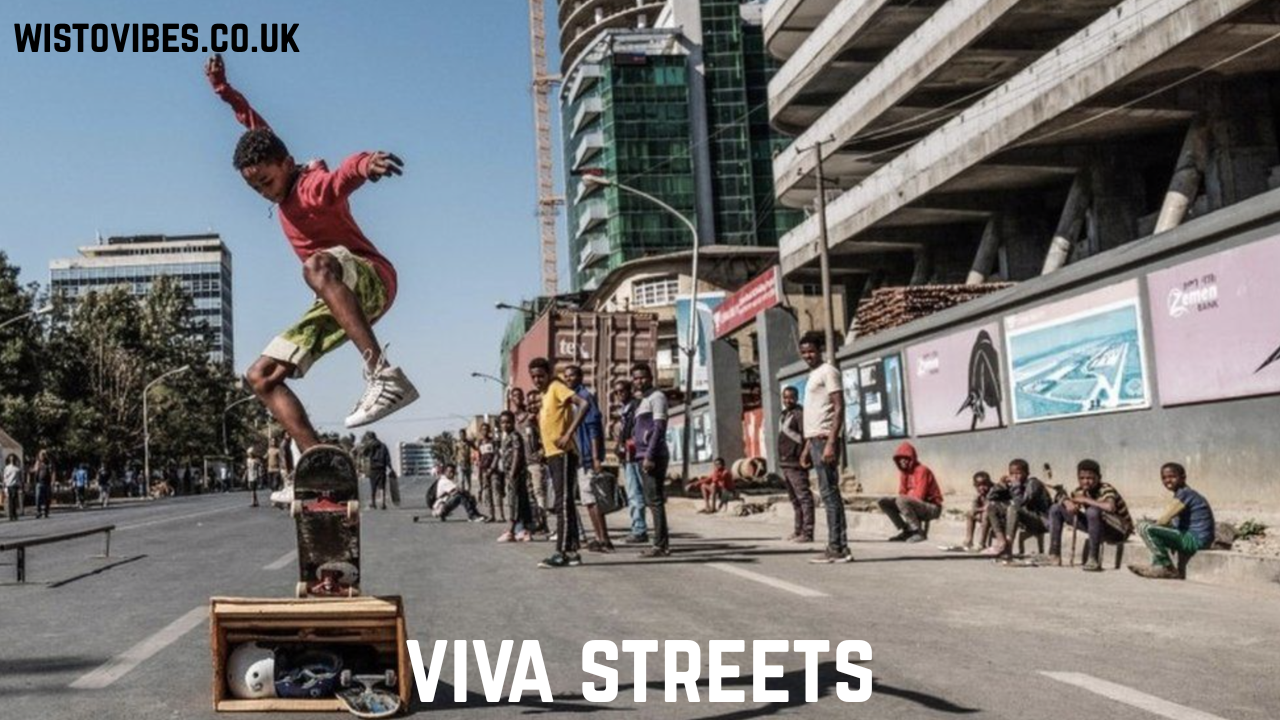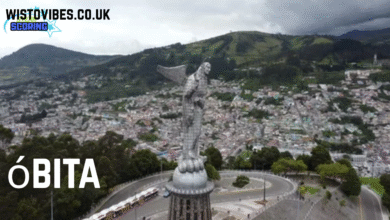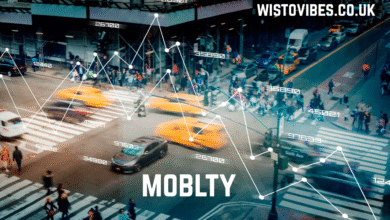Viva streets are public events and initiatives where certain city streets are closed to cars and motor traffic, opening them up for pedestrians, cyclists, families, artists, and performers. The goal of viva streets is to reimagine the way people experience urban environments by prioritizing human activity over vehicles. Instead of the usual hustle of cars and congestion, these streets transform into lively avenues filled with walking, biking, music, and community engagement. The idea has been inspired by similar global concepts such as ciclovías in Latin America, but viva streets have their own unique identity, focusing heavily on cultural expression, health, sustainability, and inclusivity. These spaces give people the freedom to move safely, breathe cleaner air, and enjoy urban areas in an entirely new way.
The Philosophy Behind Viva Streets
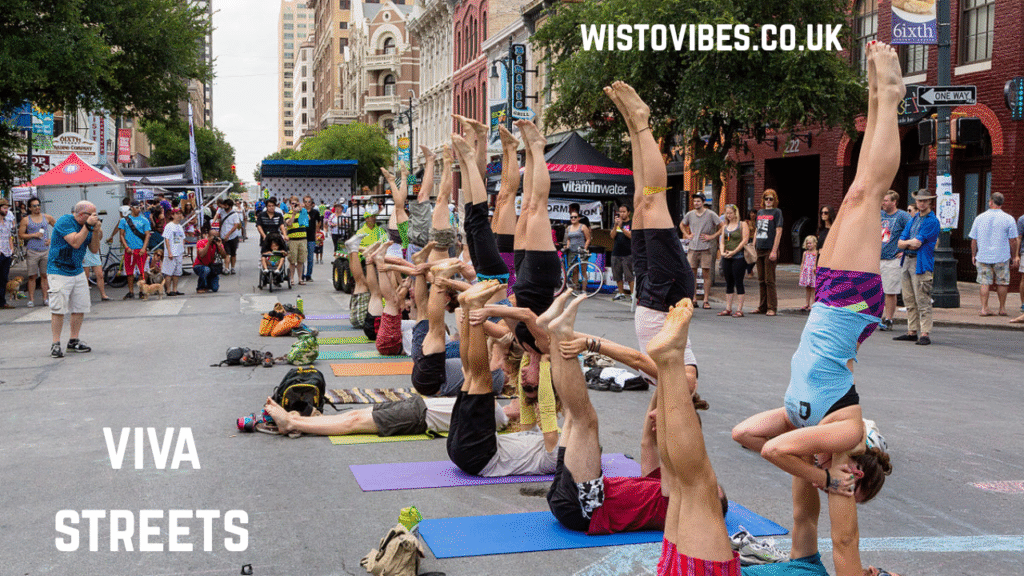
The philosophy of viva streets lies in reclaiming urban spaces for people rather than automobiles. Modern cities have been built largely around car traffic, leaving little room for people to truly enjoy their neighborhoods. Viva streets challenge this imbalance by temporarily removing cars and allowing communities to flourish in shared open spaces. The philosophy emphasizes health by encouraging walking and cycling, culture by welcoming performers and artists, and sustainability by promoting eco-friendly practices. Most importantly, viva streets represent a shift in thinking—streets are not just for moving vehicles, but also for building connections, memories, and shared experiences among neighbors.
Health Benefits of Viva Streets
One of the strongest advantages of viva streets is the promotion of physical health. When streets are closed to cars, people are naturally encouraged to engage in physical activities such as walking, jogging, cycling, roller skating, or dancing. This fosters a healthier lifestyle and reduces sedentary behavior, which is one of the biggest health concerns in urban areas today. Children benefit greatly from these safe open spaces where they can play freely without the constant worry of traffic. Adults, too, find inspiration to exercise in a fun and social environment. By making movement enjoyable, viva streets improve public health in ways that gyms and traditional exercise routines often cannot.
Viva Streets and Mental Well-being
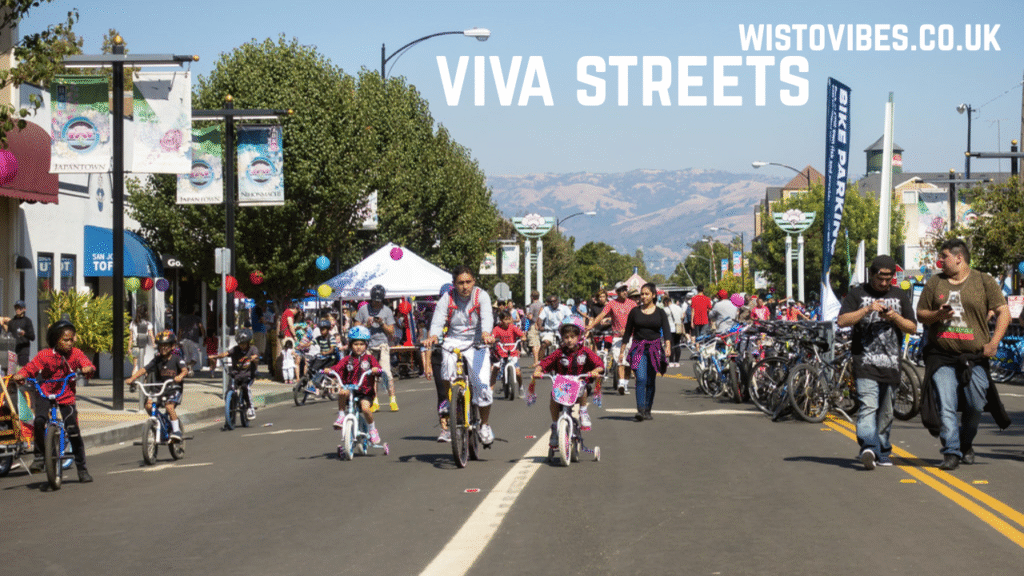
In addition to physical health, viva streets have profound impacts on mental well-being. The vibrant atmosphere of music, laughter, and creativity provides a natural stress relief for participants. People who take part often report feeling happier, more relaxed, and more connected to others. Social interactions during these events reduce loneliness, a growing issue in modern urban life. Exposure to outdoor activities, sunlight, and cultural performances boosts overall mood and energy. In a world where mental health issues are rising, events like viva streets offer a natural, community-based form of therapy that combines social interaction, physical activity, and joy.
Cultural Expression in Viva Streets
Culture thrives in viva streets because artists, musicians, dancers, and performers have a free platform to showcase their talents. Local musicians perform live concerts, street dancers engage with the crowd, and artists display creative works along sidewalks. This cultural energy transforms streets into open-air festivals that celebrate diversity and creativity. Viva streets become a living canvas where different cultures and traditions meet, blending into a unique urban cultural experience. For many participants, this is an opportunity to discover new art, music, and traditions they might never have encountered otherwise, making viva streets not just fun, but educational and enriching as well.
Building Stronger Communities
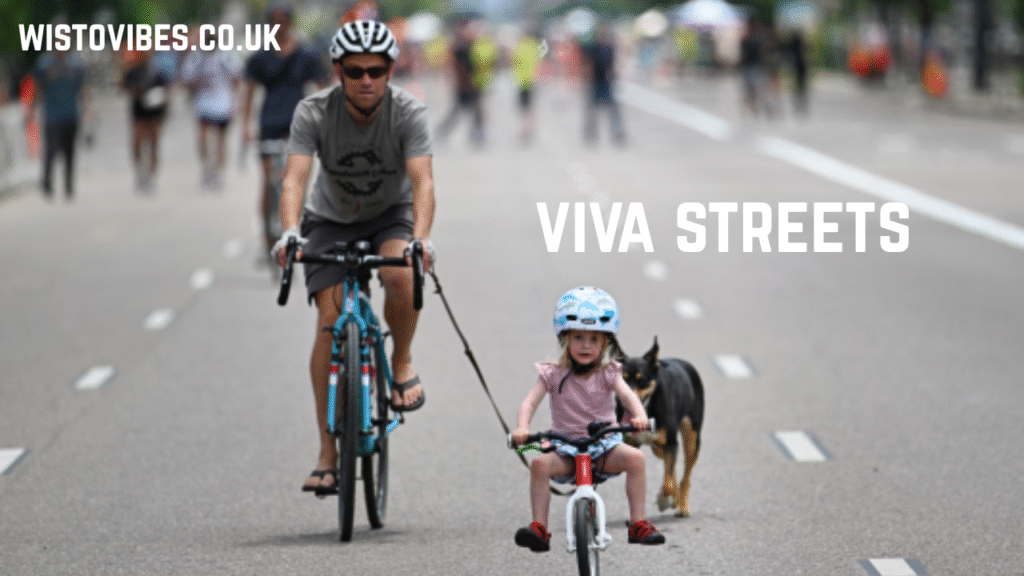
At the heart of viva streets lies the idea of community building. When people step out of their homes and gather in shared spaces, stronger neighborhood ties are naturally formed. Neighbors who might never interact during their regular busy lives have a chance to meet, talk, and form new friendships. Local businesses often join in, providing food, drinks, or small products that reflect the neighborhood’s identity. Families, youth groups, and community organizations also participate, creating a stronger sense of belonging and unity. In this way, viva streets help rebuild the social fabric that is often weakened in large, modern cities.
Viva Streets and Environmental Sustainability
Another vital element of viva streets is their contribution to environmental sustainability. By temporarily banning cars, these events reduce air pollution, noise levels, and carbon emissions in urban areas. Participants are encouraged to walk, cycle, or use eco-friendly transportation options. Over time, such events raise awareness about the importance of reducing dependence on fossil fuels and promoting sustainable lifestyles. They also highlight how pleasant and livable cities can become when vehicles are not the dominant force. Viva streets act as a demonstration of a greener, cleaner future that cities can adopt permanently through better urban planning.
Safety and Accessibility in Viva Streets
Viva streets are designed to be inclusive, safe, and accessible for everyone. Families with children feel secure knowing there are no cars speeding through the area. Elderly participants can enjoy a slow-paced walk, interact with others, or join community activities without fear of traffic. People with disabilities also benefit from open, accessible areas where they can move freely. By creating a safe environment, viva streets allow people of all ages and abilities to participate equally. This inclusivity reinforces the importance of building cities that serve everyone, not just drivers.
Economic Boost Through Viva Streets
Viva streets also provide an economic boost to local communities. Small businesses, food vendors, and local shops see increased activity during these events as participants enjoy food, drinks, and unique products. Artists and performers also benefit by reaching wider audiences. This economic activity stays within the community and strengthens local commerce. Moreover, cities that organize viva streets gain recognition as innovative and people-friendly destinations, attracting tourism and generating positive publicity. In the long run, viva streets prove that investing in people and culture creates just as much economic value as investing in cars and infrastructure.
Educational Opportunities in Viva Streets
Education is another dimension of viva streets, as these events often include workshops, demonstrations, and awareness programs. Environmental organizations may hold sessions on sustainability, fitness groups may offer free exercise classes, and cultural groups may teach traditional dances or crafts. Children gain valuable learning experiences outside the classroom, discovering topics like ecology, art, and healthy lifestyles in engaging, hands-on ways. Viva streets thus become outdoor classrooms that enrich education by blending fun, creativity, and knowledge.
Viva Streets as a Global Movement
Although the idea of reclaiming streets for people has roots in Latin American initiatives like Bogotá’s ciclovía, the viva streets model has spread across the world. Many cities in North America, Europe, Asia, and Africa have experimented with car-free days, pedestrian-only zones, and cultural street events. Each city adapts viva streets to its own traditions and culture, creating a diverse yet connected global movement. The international popularity of viva streets shows that people everywhere are seeking healthier, friendlier, and more sustainable ways of living in cities.
Challenges in Organizing Viva Streets
Despite their benefits, organizing viva streets comes with challenges. Cities must carefully plan logistics, security, emergency access, and crowd management. Businesses that depend on car access may initially resist road closures. Public awareness is crucial, as residents need to know about the events in advance to avoid confusion. Weather conditions, funding, and political support also play important roles in determining success. However, many cities have overcome these challenges by working closely with communities, listening to feedback, and gradually expanding events after successful smaller pilots.
The Role of Local Governments
Local governments play a critical role in making viva streets possible. They provide funding, permits, infrastructure, and coordination between police, transportation departments, and community organizations. Successful viva streets often require strong political will and vision from city leaders who believe in prioritizing people over cars. Governments also use these events to test future urban planning strategies, such as creating permanent pedestrian zones or bike lanes. By showing the benefits of car-free streets during temporary events, they pave the way for long-term change in urban mobility and design.
Community Involvement and Participation
Community involvement is the true backbone of viva streets. Volunteers, residents, schools, and organizations all contribute to the planning and execution of these events. Without active participation, the events would lack energy and authenticity. Communities often help design themes, suggest activities, and provide entertainment. This involvement ensures that viva streets reflect the unique culture and spirit of each neighborhood. It also strengthens civic pride, as people feel a sense of ownership over the event and the transformation of their streets.
Technology and Viva Streets
In the modern era, technology also plays a role in enhancing viva streets. Social media platforms are used to promote events, share updates, and encourage participation. Mobile apps can provide maps of activities, schedules, and safety information. Some events use digital installations, interactive art, or virtual reality experiences to engage participants. Technology helps expand the reach of viva streets beyond the physical event, allowing people who cannot attend to still connect and learn about the movement.
Viva Streets and Youth Engagement
Young people are among the biggest beneficiaries of viva streets. Teenagers and children often have few safe places to play, ride bikes, or express themselves in busy cities. Viva streets provide them with a free, safe, and exciting space. Youth organizations can host performances, sports tournaments, or cultural showcases. Participation also encourages civic responsibility, as young people see the value of building inclusive communities. By engaging youth, viva streets inspire the next generation to embrace healthier lifestyles and sustainable living.
Long-term Impact of Viva Streets
The long-term impact of viva streets extends far beyond the day of the event. They leave behind memories, inspiration, and ideas for how cities can permanently improve. Communities that experience the joy of car-free streets often push for more permanent changes, such as protected bike lanes, wider sidewalks, or new parks. Viva streets create proof of concept for alternative urban planning strategies that prioritize people over vehicles. Their influence is long-lasting, helping shape the future of sustainable, livable cities worldwide.
The Spirit of Inclusivity in Viva Streets
One of the most powerful aspects of viva streets is inclusivity. Unlike exclusive festivals that require tickets, viva streets are usually free and open to everyone. People from all social, cultural, and economic backgrounds participate side by side. This creates an environment of equality where everyone is valued as part of the community. Inclusivity also ensures that diverse voices are represented in the planning and execution of the event, making viva streets a celebration of shared humanity.
Future of Viva Streets
The future of viva streets looks promising as more cities recognize the importance of people-centered urban spaces. Climate change, rising health concerns, and growing demand for sustainability make such initiatives more relevant than ever. With advancements in technology, stronger community engagement, and increasing global awareness, viva streets are likely to expand in size, frequency, and influence. The future may even see permanent viva streets districts where communities thrive in car-free, culture-rich environments all year round.
Conclusion
Viva streets symbolize more than just car-free events—they represent a powerful movement toward healthier, happier, and more sustainable urban living. By reclaiming streets for people, they bring communities together, promote physical and mental well-being, encourage cultural expression, and demonstrate the possibilities of a greener future. While challenges exist, the overwhelming benefits far outweigh the obstacles. As more cities embrace this vision, viva streets will continue to inspire positive transformation in urban life and strengthen the bonds between people and their communities.
FAQs
Q1. What are viva streets?
Viva streets are events where streets are closed to vehicles and opened for pedestrians, cyclists, and communities to enjoy activities, culture, and interaction.
Q2. How do viva streets benefit health?
They encourage physical activities such as walking, cycling, and playing, while also improving mental well-being by reducing stress and promoting social interaction.
Q3. Who can participate in viva streets?
Everyone can join viva streets, including children, families, seniors, and people with disabilities, since the spaces are designed to be inclusive and accessible.
Q4. Do viva streets help the environment?
Yes, they reduce air pollution, noise, and carbon emissions by removing cars, while also promoting eco-friendly lifestyles and sustainable transportation.
Q5. What is the future of viva streets?
The future of viva streets involves wider adoption by cities, permanent pedestrian zones, and stronger global recognition as a solution to urban challenges.
Read More: Blumeheat Understanding Innovation Uses and Impact
